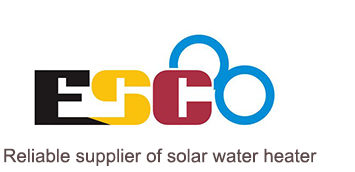Simply speaking, install solar water heater on roof, it is not very simple, first of all to be familiar with the working principle of solar water heaters, there are many roof water heater and the structure of the device system connection, can better help to install and modify solar water heaters, each house is different in structure and may need to be changed Installation method, we provide cheap solar water heaters, can help you save costs.
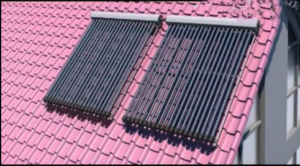
what is water heater on the roof?
Solar water heating systems use solar panels, known as collectors, fitted to your roof. These collect heat from the sun and use it to heat up water that is kept during a hot water cylinder. A boiler or heating element is often used as a back-up to heat the water any to succeed in the temperature you wish.
A solar storage tank may be a device which will be wont to capture daylight so as to heat the water in your pipes to be used for baths, showers, etc, a thermal panel (solar collector) put in on the roof.
If you put in a solar water heating plant on your roof water heater, you’ll expect 5 to 16% annual returns. Plus, employing a solar water heating plant reduces your emissions and your home’s impact on the surroundings.
Buy our products and provide better service,Our solar water heater product list
Stainless steel low pressure solar water heater Evacuated tube solar water heater

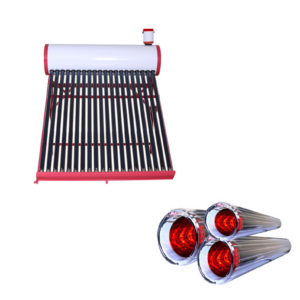
Glass Tubes Solar Water Heater Flat plate solar water heater
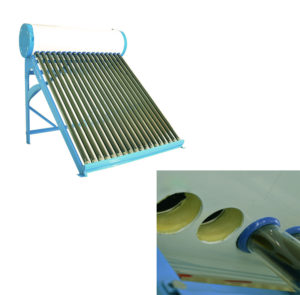
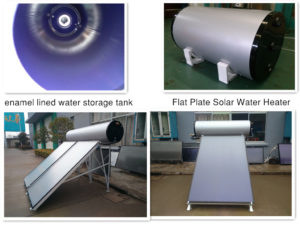
Electric storage water heater Heat Pipe Collector Solar Water Heater
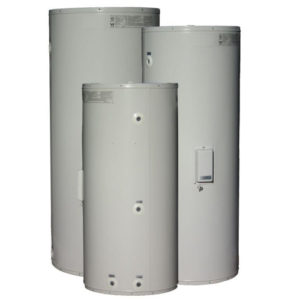
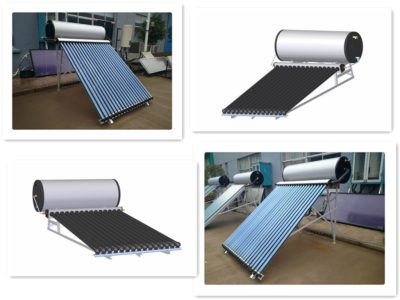
Split type solar water heating system porcelain enamel lined storage tank
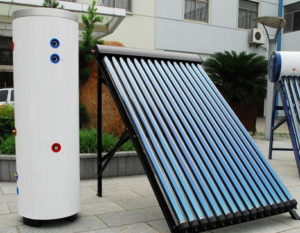
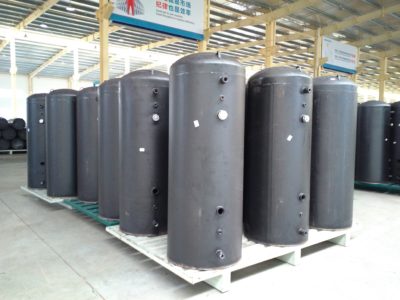
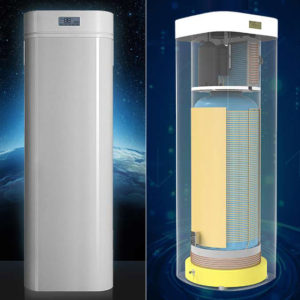
How does a solar water heater work?
Solar water heaters also called solar domestic hot water systems can be a cost-effective way to generate hot water for your home. They can be used in any climate, and the fuel they use sunshine is free. Solar water heating systems include storage tanks and solar collectors.
There are two types of solar water heating systems: active, which have circulating pumps and controls, and passive, which don’t.
Passive Solar Water Heating Systems
Passive solar water heater systems are typically less expensive than active systems, but they’re usually not as efficient. However, passive systems can be more reliable and may last longer. There are two basic types of passive systems:
- Integral collector-storage passive systems
These work best in areas where temperatures rarely fall below freezing. They also work well in households with significant daytime and evening hot-water needs. - Thermosyphon systems
Water flows through the system when warm water rises as cooler water sinks. The collector must be installed below the storage tank so that warm water will rise into the tank. These systems are reliable, but contractors must pay careful attention to the roof design because of the heavy storage tank. They are usually more expensive than integral collector-storage passive systems.
Active Solar Water Heating Systems
There are two types of active solar water heating systems:
- Direct circulation systems
Pumps circulate household water through the collectors and into the home. They work well in climates where it rarely freezes. - Indirect circulation systems
Pumps circulate a non-freezing, heat-transfer fluid through the collectors and a heat exchanger. This heats the water that then flows into the home. They are popular in climates prone to freezing temperatures.
Three types of solar collectors are used in residential areas:
- Flat-plate collector
Glazed flat-plate collectors are insulated, weatherproofed boxes that contain a dark absorber plate under one or more glass or plastic (polymer) covers. Unglazed flat-plate collectors — typically used for solar pool heating — have a dark absorber plate, made of metal or polymer, without a cover or enclosure. - Integral collector-storage systems
Also known as ICS or batch systems, they feature one or more black tanks or tubes in an insulated, glazed box. Cold water first passes through the solar collector, which preheats the water. The water then continues on to the conventional backup water heater, providing a reliable source of hot water. They should be installed only in mild-freeze climates because the outdoor pipes could freeze in severe, cold weather. - Evacuated-tube solar collectors
They feature parallel rows of transparent glass tubes. Each tube contains a glass outer tube and metal absorber tube attached to a fin. The fin’s coating absorbs solar energy but inhibits radiative heat loss. These collectors are used more frequently for U.S. commercial applications.
What should pay attention to the installation of solar water heaters?
The proper installation of solar water heaters depends on many factors. These factors include solar resource, climate, local building code requirements, and safety issues; therefore, it’s best to have a qualified solar thermal systems contractor install your system.
After installation, properly maintaining your system will keep it running smoothly. Passive systems don’t require much maintenance. For active systems, discuss the maintenance requirements with your system provider, and consult the system’s owner’s manual.
Plumbing and other conventional water heating components require the same maintenance as conventional systems. Glazing may need to be cleaned in dry climates where rainwater doesn’t provide a natural rinse.
Installation Steps
The basic steps of a solar water heating system are:
Install solar collectors on the roof
Installation of solar water tanks and heat exchangers
Installation of water pipes
Install the controls
Step 1: Mount the solar collectors on the roof
When mounting collectors, make as few roof penetrations as possible. In some cases, the collectors can be mounted on a roof and the piping run through a vertical wall instead of through the roof. Seal all roof penetrations with silicone sealant. Different manufacturers will supply slightly different hardware for mounting the collectors on the roof. Follow the manufacturer’s directions carefully.
Locate the rafters to which you will be attaching the collectors. You may be able to do this with a stud finder, or you may have to go inside the attic space and drill a small hole next to a rafter to locate it. Drill the hole, and then run a small wire out of the hole to help locate it on the outside. Remember to seal the hole with silicone sealant.
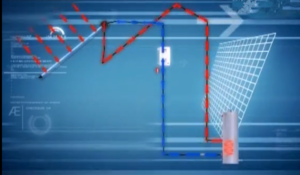
Use the manufacturer’s recommendations to seal around the roof pipe or use a pipe seal valve. Use a water heater sealant to install the roof water heater board to ensure it does not leak.
Step 2:Installation of solar water tanks and heat exchangers
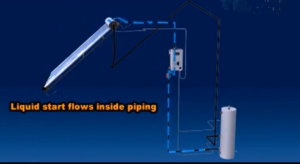
Step 3: Installation of water pipes
Plumb the cold water energy in the house to the inlet of the solar storage tank, and the outlet of the solar storage tank to the inlet of the conventional water heater. Install valves and unions on the inlets and outlets of the tanks.
If the heat exchanger is external to the solar storage tank, you may choose to use a natural convection loop between the heat exchanger and the solar storage tank, or you may install a pump to force water through the heat exchanger and tank. If you choose to install a pump to force water through the heat exchanger, you can use the inch copper pipe.
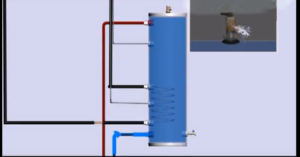
Step 4: Install the controls
The controller must have a differential controller installed to detect the temperature difference between the water at the bottom of the solar tank and the top of the solar collector. The sensor can be attached to the pipe by a hose clamp
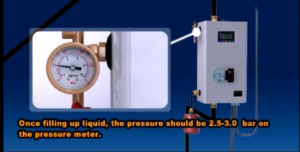
Starting up for the first time:
At this point all electrical power to the system is off, the cold water supply valve is off, the collector isolation valves are off and the storage tank is empty. The air vent on top of the collectors is not installed so the collectors can be flushed.
(A) Fill the tank by turning on the main valve and allowing the air to flush out of the tank.
(B) Turn on the isolation valves to fill the collectors. (You can flush the impurities like loose solder; flax, joint compound ext. from the collectors threw the air vent thread connector).
(C) After the collectors have been flushed, install the air vent and pressurize the system, the automatic air vent will bleed remaining air out of the collectors if its plug is loosened. (The system must be free of air for the pump to circulate water).
(D) Once the system has been filled, follow the controller’s instructions for fine-tuning. Plug in the pump cord into the controller. Plug in the controller to the 110V outlet and set the controller switch to automatic operation.
(E) The system should begin functioning if the sun is shining. Within a few second the collectors return line will be very hot. Within a minute or two the return line should cool to about 10°F to 15°F higher than the feed line.
(F) Set the electrical element timer so it does not compete with the sun.
Normal Operation Description
When solar energy is available the automatically controlled pump circulates solar heated water from the collectors through the solar storage tank to reach the desired temperature (130° F to 180° F). The collector’s basic function is to capture the suns energy and to transfer the heat collected to the fluid circulating throughout the system.
The controllers basic function is to monitor collector and storage temperatures and to automatically turn the pump ON or OFF at the appropriate temperature.
The solar storage tanks basic function is to store the energy collected. The tank is equipped with an electrical element and becomes a water heater as a backup. A timer can be added to control the electrical element so it cannot compete with the sun’s energy.
System Maintenance
ESCOO Solar water heating systems require relatively little attention. But, as with any mechanical system, some basic maintenance is essential to keep the system functioning smoothly. The maintenance requirements of ESCOO Solar water heating system are similar to those of conventional water heaters.
The collectors, piping and storage tank should be checked for leaks, the system should be flushed periodically to remove the tank and collected impurities (scaling in hard water areas). The systems should be checked at least twice per year for a proper operation of the pump, controller, and sensors. The collector’s glass can be rinsed periodically to remove dust collected in order to improve collector efficiency.
Freeze protection
When the water in the collector reaches a temperature near freezing, the system’s freeze protection mechanisms will protect it as followed:
(A) The controller turns the pump on and off periodically to warm the collector with water from the storage tank.
(B) A flush-type freeze protection valve can be installed near the collectors opens to let the warm water flow through the collector.
(C) For a longer freeze duration or if a power failure and freeze condition occur at the same time. the collector must be manually drained (see Collector isolation and drainage above).
Note: ESCOO Solar is the manufacture of the solar collectors for this system and offers this system major component as a package. Each major component comes with its own manufacturer’s warranty and its installation instructions.
The system installation is warranted by the contractor or the individual who installs the system.
This is a youtube video, a guide to install solar water heater on roof
How to improve energy efficiency
You can lower your water heating prices by using and wasting less predicament in your home. Water heating is that the second largest energy expense in your home. It usually accounts for about 18% of your utility bill once heating and cooling. To conserve predicament, you’ll fix leaks, install low-flow fixtures, showerheads.
You may like:
Related Searches: Flat plate solar water heater | Electric storage water heater | Air source water heater
Want to know more?(Solar Water Heater)
Email: [email protected]
WhatsApp:+86 157 2077 3477
Skype :+86 157 2077 3477
